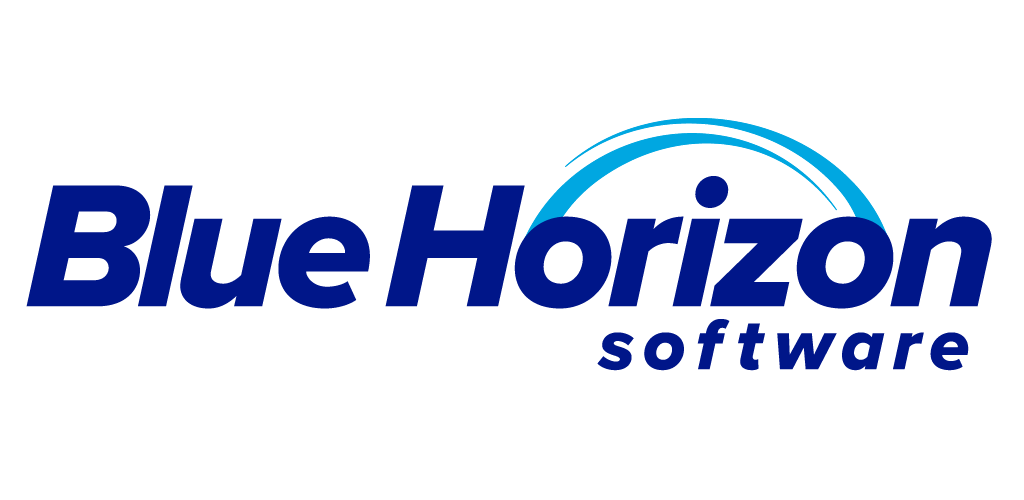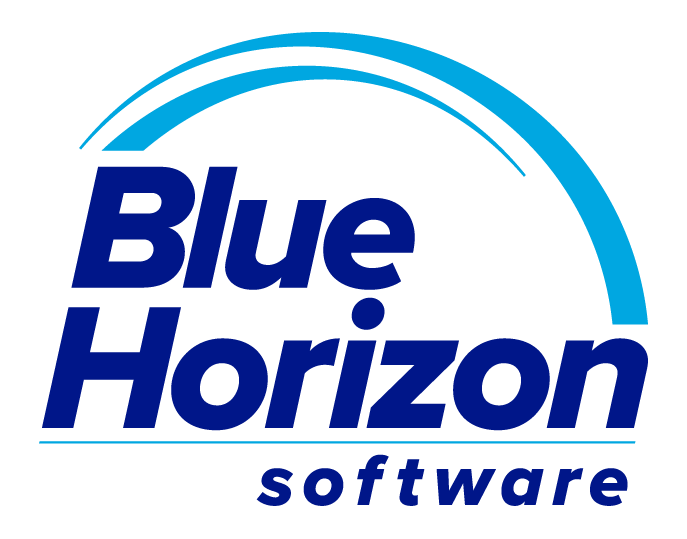Blue Horizon’s reading list is a curated collection of articles for SaaS founders and management teams. We are entrepreneurs and operators who have lived through the process of founding and scaling software companies. Here are the articles and resources we found useful this week.
The Four Sources of Pipeline and The Balance Across Them
by Dave Kellogg, kellblog.com
While you can define them in different ways, I think a pretty standard way of defining the pipeline sources is as follows:
1 – Marketing, also known as “marketing/inbound.” Opportunities generated as a result of people responding to marketing campaigns.
2 – SDRs, also known as “SDR/outbound,” to differentiate these truly SDR-generated oppties from marketing/inbound oppties that are also processed by SDRs, but not generated by them.
3 – Alliances. Opportunities referred to the company by partners, for example, when a regional system integrator brings the company into a deal as a solution for one of its customers.
4 – Sales, also known as “sales/outbound,” when a quota-carrying salesrep does their own prospecting, typically found in named-account territory models, and develops an opportunity themselves.
Optimize for Growth while Adding Gates
by David Cummings, davidcummings.org
So, if growth matters more than capital-efficient growth, should you care at all about other metrics? Yes, absolutely. The trick is to care more about the most important metrics (e.g. net dollar retention), and gate the slide of the standard metrics (e.g. cost of customer acquisition). Eventually, the market will revert back to an emphasis on more measured growth, but you never know when that is going to happen.
IVP: The Average SaaS Magic Number is 1.2
by Jason Lemkin, saastr.com
Magic Number is your growth in ARR over a quarter divided by the sales and marketing spend in the prior quarter. Generally, anything >1 is seen as healthy if you are venture backed, and anything > 1.5 is often seen as perhaps too capital efficient. Magic Number calculations are absolute, but their significance is very context-sensitive.
– The average Magic Number at $15m ARR is 1.2
– But 25% of SaaS companies hit 2.1, or go “profitable” on a customer after just 6 months
The Need for Two Types of Payback Period Calculations
by Tomasz Tunguz
Contract A requires annual prepayment – all the cash will be paid tomorrow. Contract B relaxes payment terms to monthly payment, 12 monthly installments for the next year…Contract A has a payback period of 0 days. All of the sales and marketing dollars invested to obtain persuade the buyer to put digital ink to pdf have been recouped immediately…contract B, which takes 10 months in our hypothetical example…The payback period metric doesn’t capture the difference in the quality of the revenue/cash collections.
About US
Blue Horizon acquires and invests in profitable software businesses with stable recurring revenue streams. The Blue Horizon platform combines long-term capital and industry expertise with an operating model that enables businesses and their leaders to focus on growth and profitability.

